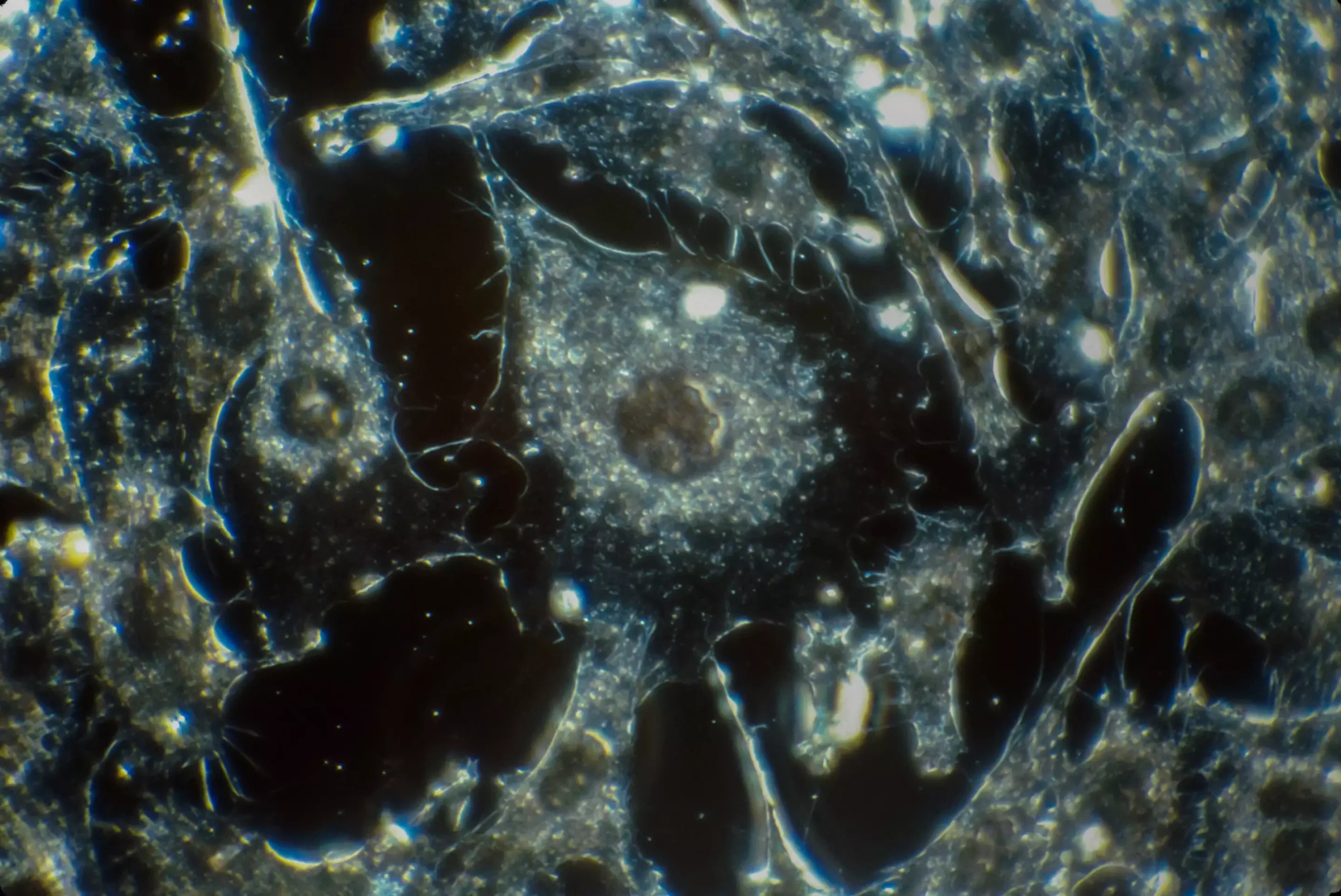In a groundbreaking collaboration between the University of Colorado Boulder and Princeton University, scientists have delved into the world of cancer cells using an unexpected tool borrowed from geology. This unique approach has shed light on the atomic fingerprints of cancer, revealing a distinctive array of hydrogen atoms that sets cancer cells apart from healthy tissue. The implications of this discovery are vast, potentially offering a new frontier in cancer research and paving the way for novel techniques to detect cancer at its earliest stages.
Exploring the Atomic Level
Led by CU Boulder geochemist Ashley Maloney, the research team published their findings in the Proceedings of the National Academy of Sciences, marking a significant milestone in the realm of medical science. By examining the subtle differences in hydrogen isotopes within cancer cells, the researchers have opened up a new realm of exploration at the atomic level, offering insights that could transform our understanding of cancer biology.
Central to the study is the concept of metabolism, a key focus of cancer researchers for decades. Under normal conditions, cells rely on respiration to generate energy, a process that involves oxygen intake and carbon dioxide release. However, cancer cells often adopt alternative metabolic pathways, akin to fermentation in yeast, to fuel their rapid growth. By honing in on the hydrogen atoms involved in these metabolic processes, the researchers have uncovered a potential avenue for tracking and understanding the behavior of cancer cells.
Inspired by her father, a dermatologist, Maloney set out to explore the metabolic differences between cancerous and healthy cells. Leveraging the unique capabilities of the Earth Systems Stable Isotope Lab at CU Boulder, Maloney and her colleagues embarked on a journey to unravel the mysteries of hydrogen atoms within cells. Their findings point to a significant divergence in hydrogen isotope ratios between healthy and rapidly growing cells, hinting at a distinct signature that could be harnessed for cancer detection.
By merging insights from geology with cutting-edge cancer research, the team has forged a path towards a deeper understanding of cancer biology. The parallels between the natural distribution of hydrogen isotopes on Earth and within biological organisms offer a new perspective on how we can study cancer at the atomic level. This convergence of disciplines has the potential to revolutionize cancer diagnosis and treatment, providing clinicians with a powerful new tool for early detection and intervention.
As the study advances, there is a growing optimism about the possibilities that lie ahead. The researchers envision a future where the atomic fingerprinting of cancer cells could be utilized in clinical settings, offering a non-invasive method for detecting cancer at its inception. The implications for patient care are profound, with the potential to significantly improve survival rates by catching cancer early and enabling targeted treatments based on the unique metabolic signatures of individual tumors.
The fusion of geology and medicine has unlocked a new frontier in cancer research, revealing the hidden secrets of cancer cells through atomic fingerprinting. This pioneering approach holds promise for a future where early cancer detection is not only possible but routine, ushering in a new era of precision medicine that is tailored to the unique molecular characteristics of each patient’s tumor. Through the lens of atomic analysis, we are poised to transform our understanding of cancer and revolutionize the way we diagnose and treat this complex disease.


Leave a Reply